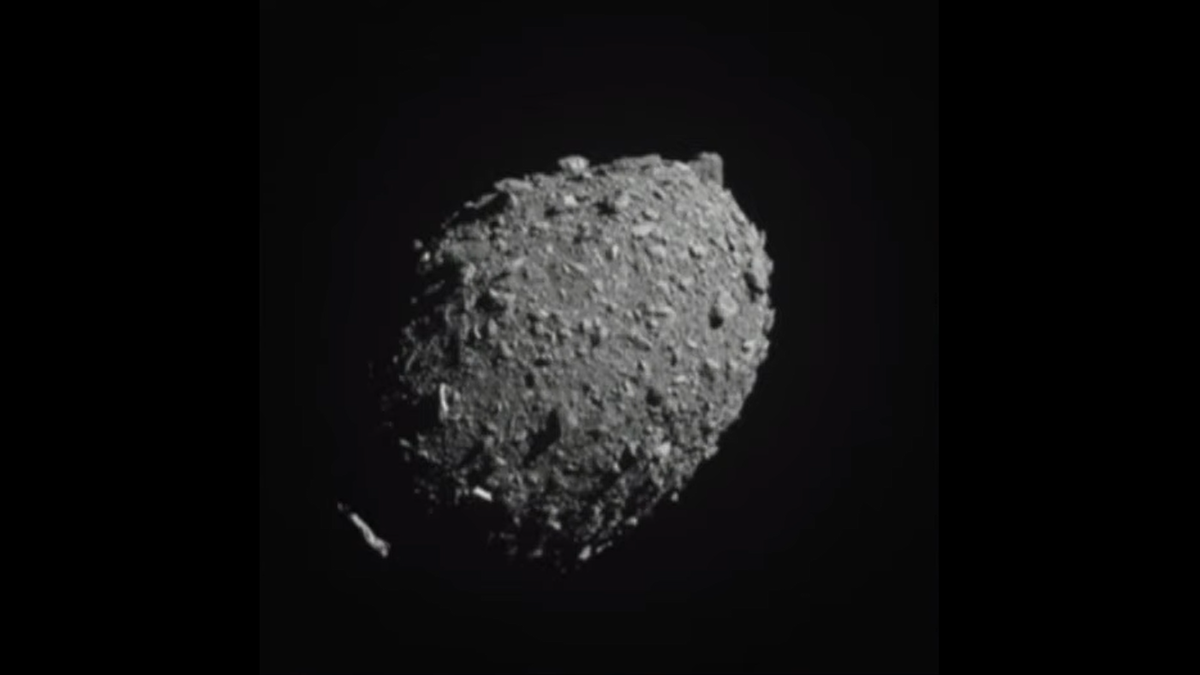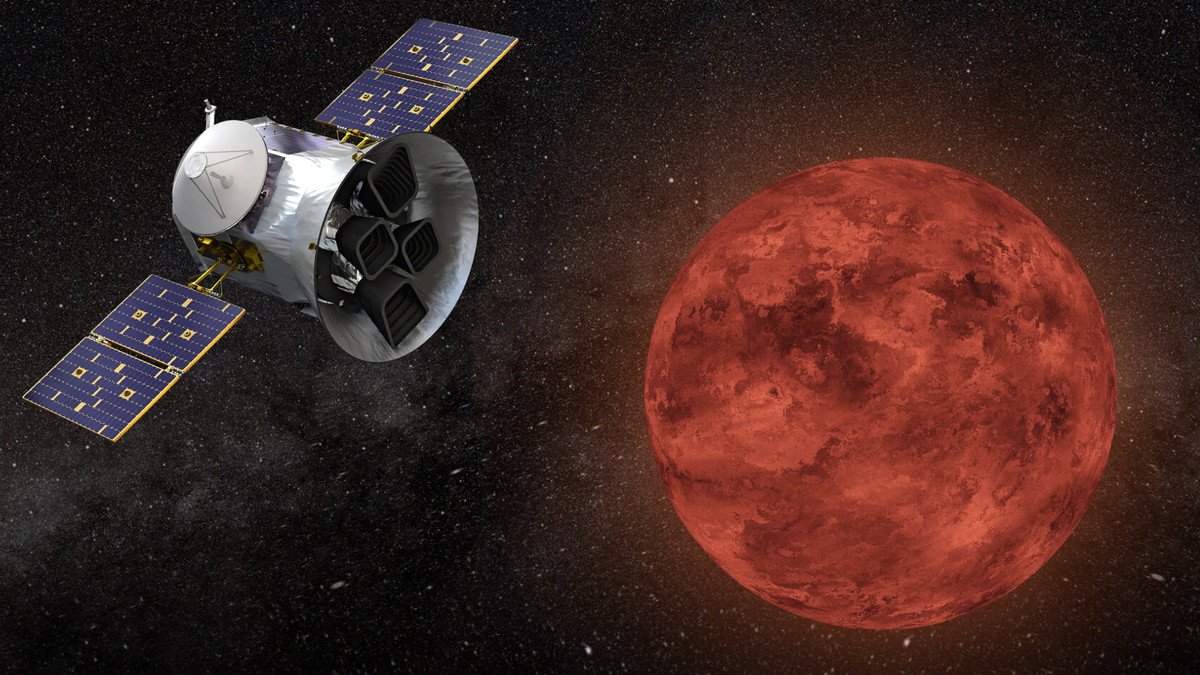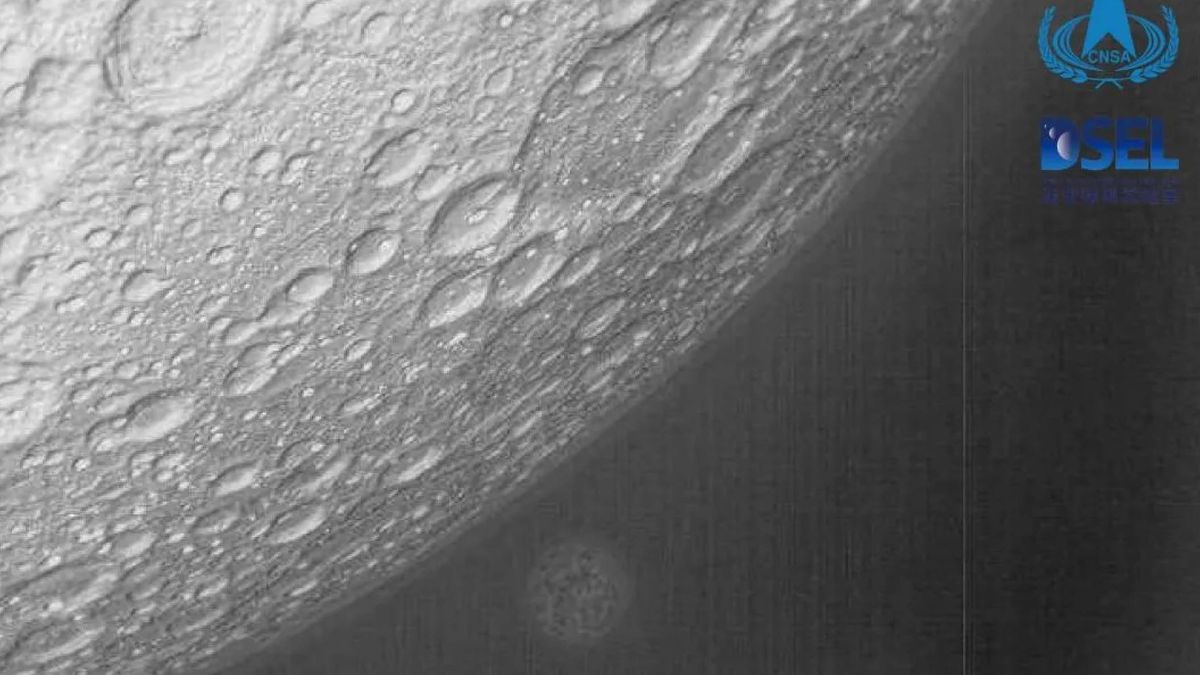Reshaping Our Understanding: The Impact of NASA’s DART Mission on Asteroid Dimorphos
The asteroid Dimorphos underwent a significant transformation when NASA’s DART spacecraft intentionally collided with it in 2022, marking a crucial milestone in testing humanity’s ability to defend against potential threats from space. DART, short for Double Asteroid Redirection Test, aimed to assess whether we could alter the trajectory of a hazardous asteroid away from Earth. Its target was a binary asteroid system consisting of Dimorphos, a 170-meter-wide space rock that orbits a larger 760-meter-wide asteroid named Didymos.
Upon impact on September 26, 2022, DART’s collision with Dimorphos provided astronomers with valuable data on how the asteroid’s orbit around Didymos was altered. Recent research has shown that the impact not only caused Dimorphos to move but also reshaped its structure due to the kinetic energy involved.
Reshaping Dimorphos’ Form
Prior to the collision, Dimorphos possessed a relatively symmetrical shape, resembling an oblate spheroid. However, the impact from DART, traveling at a speed of 5 kilometers per second, induced shockwaves in the asteroid, resulting in its elongation and a shift in its axis of rotation. This transformation turned Dimorphos into what scientists describe as a ‘triaxial ellipsoid,’ comparable to an elongated watermelon.
Observations led by Shantanu Naidu at NASA’s Jet Propulsion Laboratory (JPL) indicate that DART’s impact caused significant changes in Dimorphos’ mass distribution. About 1% of Dimorphos’ mass was ejected into space, while 8% redistributed across its surface as a response to the impact’s energy. These findings suggest that Dimorphos likely consists of loose rubble held together by weak gravity, allowing it to reshape easily when subjected to external forces.
Orbital Alterations and Insights
An analysis of Dimorphos’ orbital dynamics post-impact revealed substantial alterations. Its orbital period decreased from 11 hours and 55 minutes to 11 hours, 22 minutes, and 3 seconds, with a revised orbital radius of 1.152 kilometers. Furthermore, Dimorphos’ changed axis of rotation led to a noticeable swaying motion during its orbit around Didymos, captured through variations in the light curve.
The accuracy of these findings, confirmed by radar observations and light curve studies, highlights the unforeseen insights gained from DART’s impact on Dimorphos. Scientists, including Tom Statler of NASA HQ, emphasize the significance of multiple independent groups reaching similar conclusions, reinforcing the validity of the study’s results.
Implications and Future Research
The success of the DART mission goes beyond demonstrating asteroid-deflection capabilities; it deepens our understanding of asteroid behavior under extreme conditions. As our knowledge expands, future missions like the European Space Agency’s Hera spacecraft, set to launch in 2024, will further investigate the impact’s effects on Dimorphos and provide additional insights into the asteroid duo.
This groundbreaking study, published in ‘The Planetary Science Journal,’ underscores the transformative impact of DART’s mission on reshaping both Dimorphos and our comprehension of asteroid dynamics.
Image/Photo credit: source url





